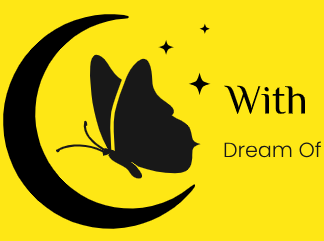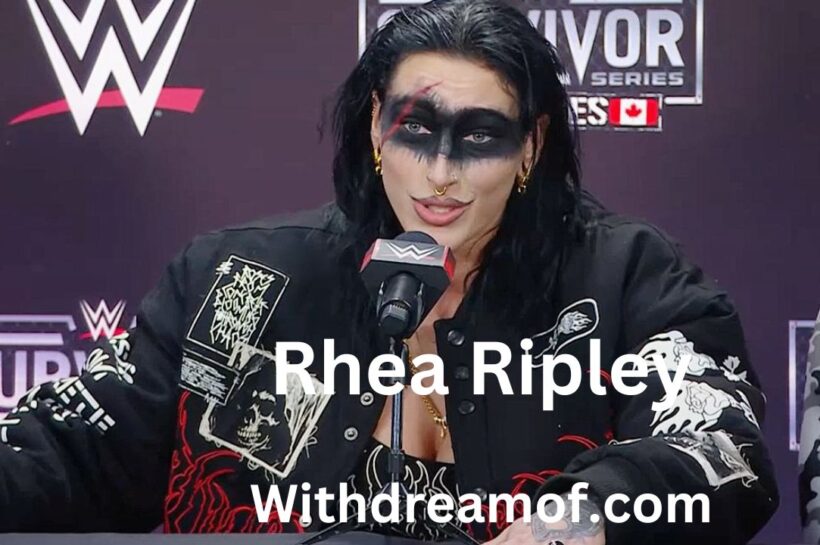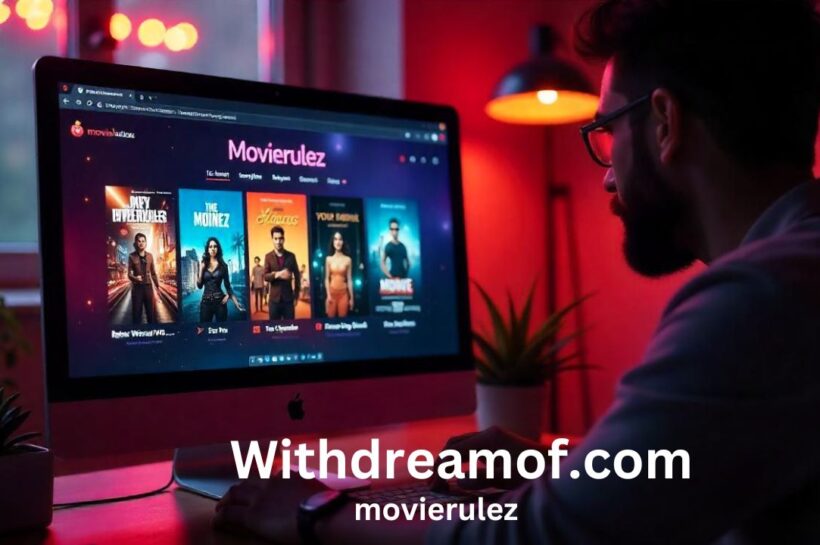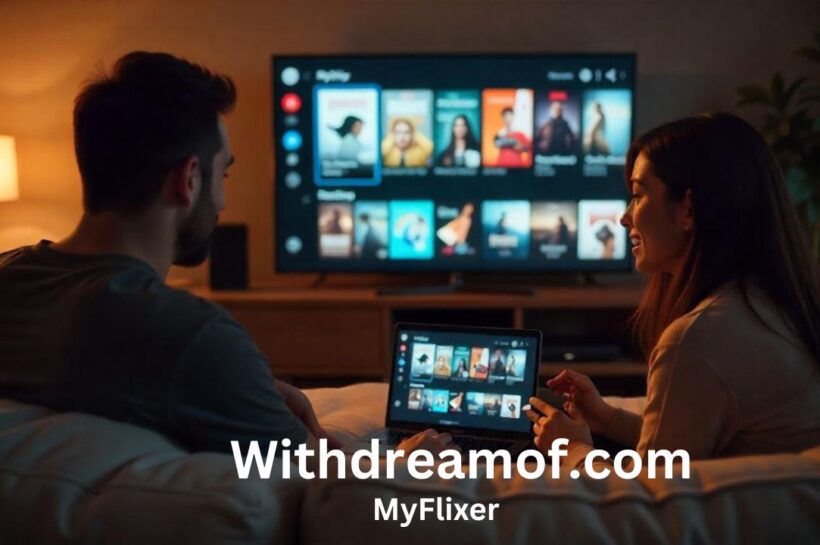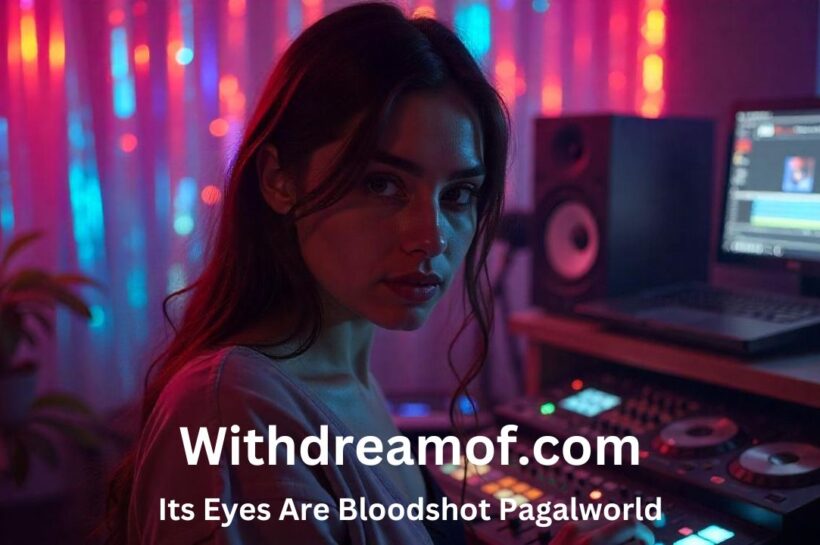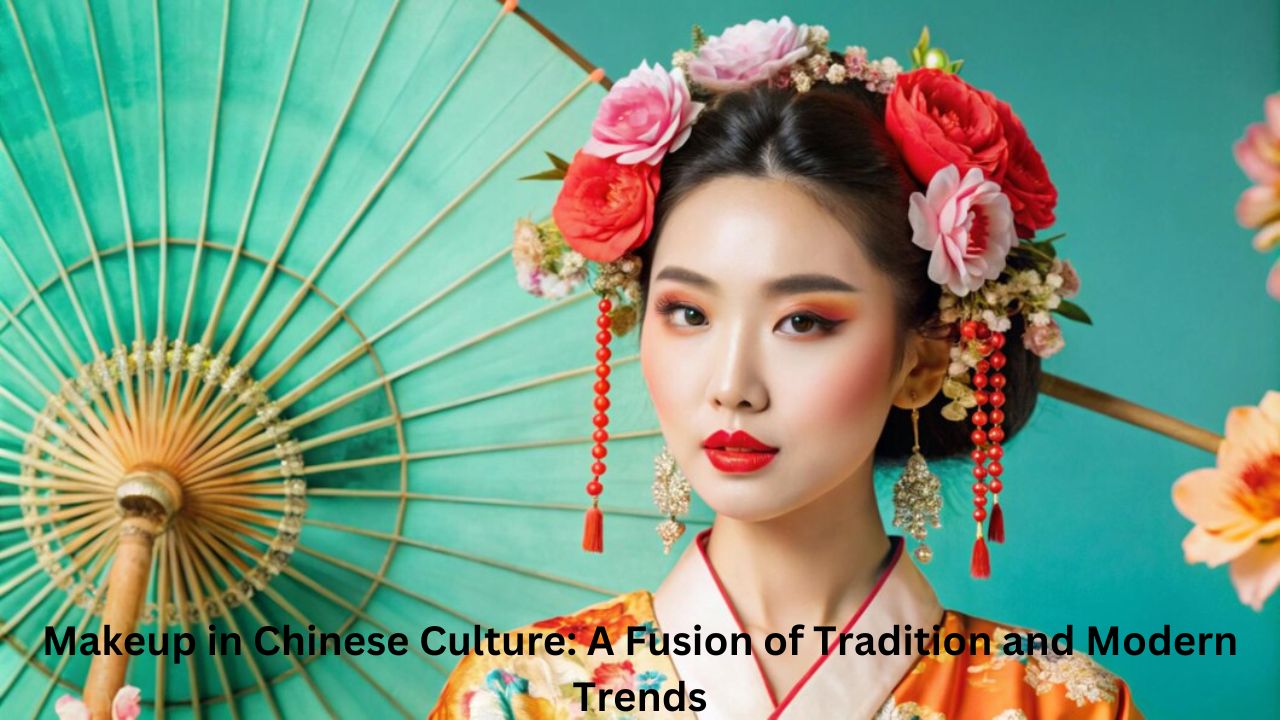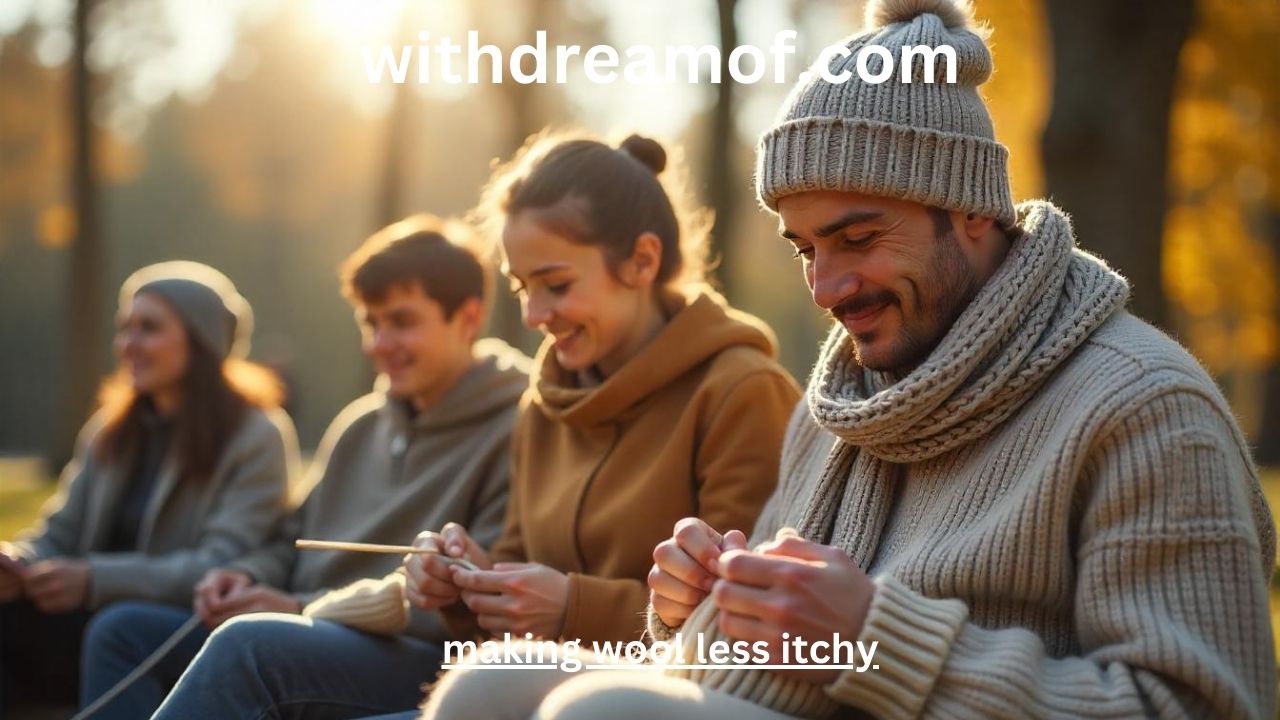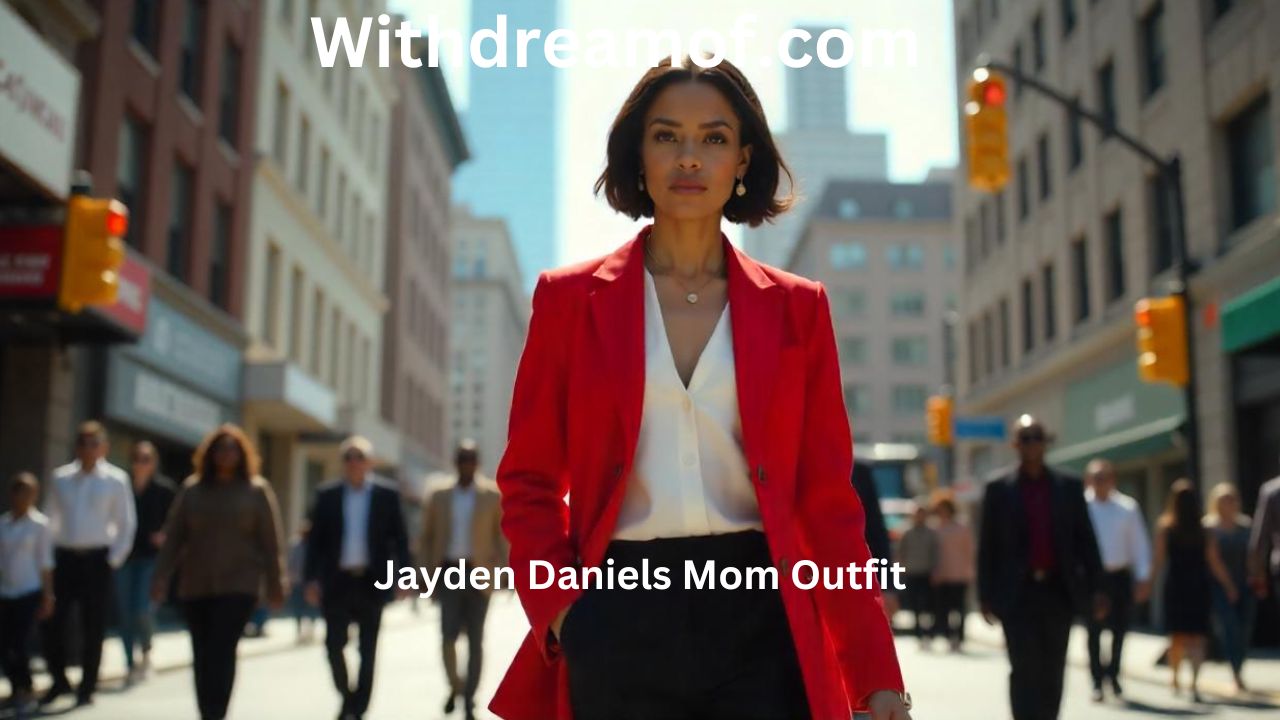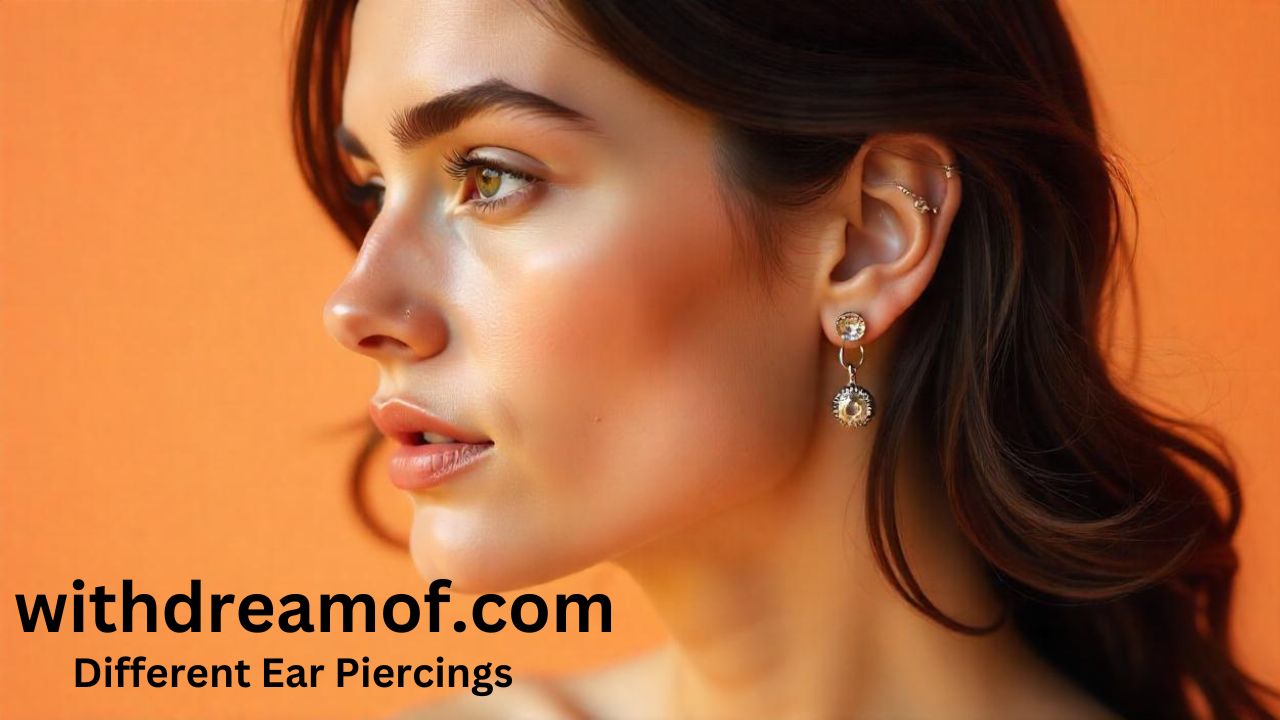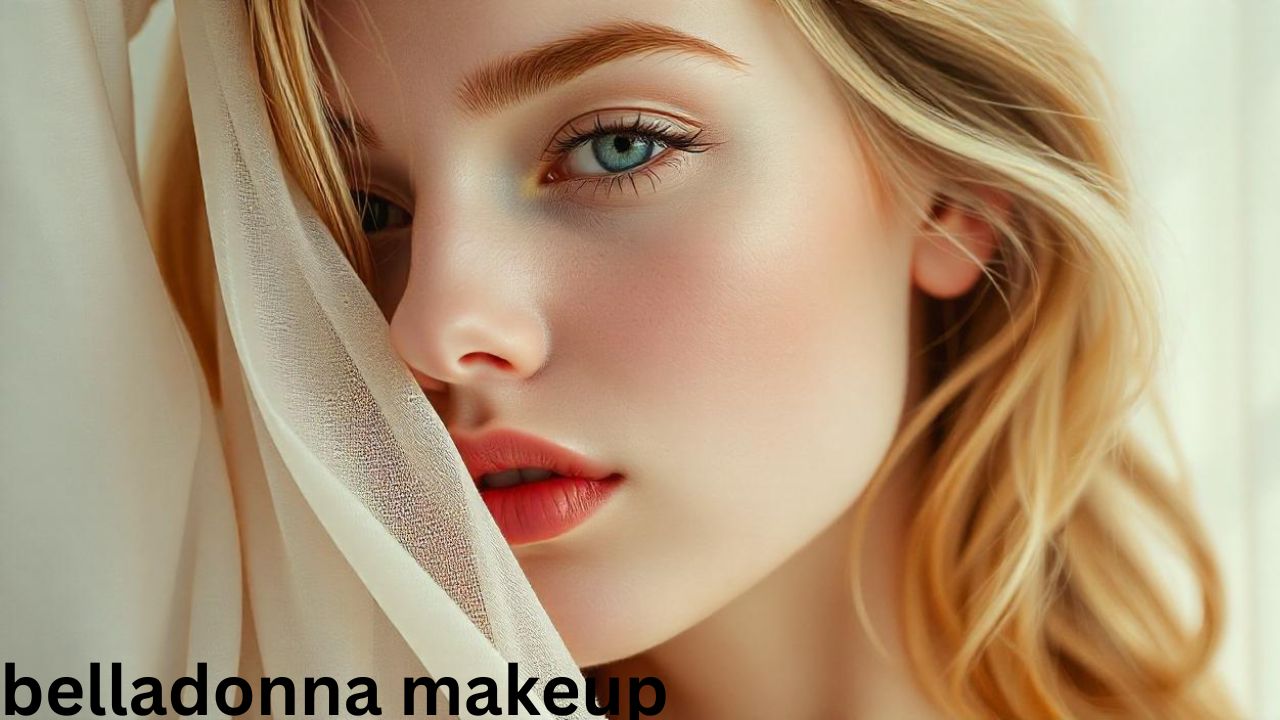Chinese culture has always embraced beauty as an essential element of self-expression, with makeup playing a central role. Today, makeup in Chinese culture balances the rich traditions of ancient dynasties with the latest modern trends. This fusion creates a distinctive style that honors history while embracing global beauty influences. Exploring the transformation of makeup in China reveals a story of creativity, cultural pride, and continuous innovation.
Ancient Chinese Makeup Traditions: Origins and Symbolism
Makeup in ancient China held deep cultural significance, with beauty practices dating back to the Zhou Dynasty (1046–256 BCE). Women used makeup as a form of self-adornment, symbolizing class, status, and even spirituality. Each dynasty introduced unique techniques and colors, transforming makeup into a form of cultural art.
During the Tang Dynasty, women favored red and pink blush to accentuate their cheeks. This color choice symbolized vitality, youth, and warmth. In contrast, the Song Dynasty brought delicate, light makeup styles that emphasized grace and subtle beauty. Women used light pinks and whites to achieve a soft look, aiming for elegance over intensity.
Signature Elements of Traditional Chinese Makeup
Traditional Chinese makeup often focused on enhancing natural beauty rather than masking it. Some popular elements included thin, arched eyebrows, pale skin, and the iconic “flower petals” on the lips. Women applied a powder called “fen,” a mixture of rice and lead, to achieve a fair complexion. They viewed pale skin as a sign of nobility, which set them apart from laborers with sun-darkened skin.
Lip makeup held special significance, as red lips symbolized vitality and passion. Women often used beeswax, carmine, or plant-based dyes to create this effect. Another famous lip style was the “cherry lips,” which involved a small, heart-shaped application of red on the lips’ center. This trend remains an iconic look in traditional Chinese makeup, symbolizing innocence and charm.
The Influence of Ancient Makeup in Modern Trends
Modern Chinese makeup trends continue to draw inspiration from ancient traditions, especially for special occasions and festivals. During Lunar New Year, some women incorporate traditional elements, such as bright red lipstick and symbolic blush placement, into their makeup looks. This revival of ancient styles connects women to their heritage while celebrating modern techniques.
Popular Chinese makeup artists often include historical elements in their work, appealing to a younger audience interested in cultural appreciation. Social media platforms like Weibo and Douyin showcase tutorials blending historical Chinese styles with contemporary makeup techniques. This approach promotes cultural pride, bridging generations and inspiring a sense of identity in younger Chinese audiences.
Influence of Western Makeup on Chinese Beauty Standards
The rise of Western beauty brands and trends has profoundly impacted makeup in Chinese culture. Global brands such as MAC, Dior, and Estee Lauder introduced new products and styles that influenced Chinese beauty routines. Western makeup emphasizes bold colors, sculpted contours, and expressive eyes, differing from the natural aesthetic of traditional Chinese makeup.
Young Chinese consumers admire these Western elements, incorporating them into daily routines to achieve a trendy, global look. Bold eyeshadow colors, winged eyeliner, and highlighters have become popular choices. However, many individuals skillfully blend Western techniques with Chinese makeup traditions, creating a unique fusion that highlights their cultural identity.
The Role of K-Beauty in Modern Chinese Makeup Trends
K-Beauty, or Korean beauty, has a massive influence on makeup trends in China. Known for its youthful, fresh look, K-Beauty emphasizes smooth skin, natural lips, and subtle eye makeup. Young Chinese women admire this style for its simplicity, making it a preferred choice for daily makeup routines.
K-Beauty introduced products like BB creams, cushion foundations, and gradient lipsticks to the Chinese market. These items quickly gained popularity, offering a natural glow that aligns well with traditional Chinese beauty standards. The youthful, minimalistic approach of K-Beauty resonates with Chinese consumers who value skincare and prefer makeup that enhances rather than alters their appearance.
Popular Modern Makeup Products in Chinese Culture
In recent years, makeup in Chinese culture has become a billion-dollar industry, fueled by both local and international brands. Products such as liquid foundations, highlighters, and eyebrow gels hold a strong presence in the market. Local brands like Perfect Diary, Florasis, and Judydoll have introduced products tailored to Chinese skin tones, creating a growing demand for domestic options.
Florasis, known for its Chinese-style packaging and traditional-inspired formulas, appeals to consumers seeking culturally rooted beauty. The brand incorporates ingredients like floral essences and pearl powder, promoting healthy skin alongside makeup. Perfect Diary, another popular brand, combines international trends with Chinese tastes, offering a range of eyeshadow palettes, lipsticks, and highlighters.
Makeup Trends Among Chinese Millennials and Gen Z
Millennials and Gen Z drive the latest makeup trends in China, often favoring bold, experimental looks over traditional styles. Social media heavily influences these trends, with popular beauty influencers shaping new standards. Platforms like Douyin and Little Red Book showcase avant-garde looks that incorporate vivid colors, intricate eyeliner, and unique lip styles.
Young Chinese consumers embrace makeup as a means of self-expression and creativity, challenging traditional beauty norms. Instead of following a single style, they mix elements from various cultures, including Western, Japanese, and Korean influences. This eclectic approach reflects an openness to diversity, creating a vibrant, evolving beauty scene in China.
Traditional Chinese Makeup for Special Occasions
Many Chinese people still wear traditional makeup styles during special occasions, such as weddings and festivals. For weddings, brides often opt for a red lip and blushed cheeks, symbolizing love and happiness. They may also use a subtle, soft foundation that complements the red dress, a staple in traditional Chinese weddings.
The Mid-Autumn Festival and Chinese New Year also inspire women to incorporate elements of traditional makeup into their looks. Red and gold, considered auspicious colors, feature prominently in eye makeup and lip products. This blend of tradition and modernity adds depth to celebrations, preserving Chinese heritage while embracing contemporary beauty practices.
The Rise of Male Makeup in Chinese Culture
In recent years, male makeup has gained popularity in China, challenging traditional views on masculinity. Chinese men use makeup to achieve a clean, polished look that enhances their features. Male grooming products, including eyebrow pencils, BB cream, and light foundation, have become common, especially among younger generations.
Celebrity influencers have played a significant role in normalizing male makeup in China. Actors and pop idols promote a flawless, natural look that appeals to fans, encouraging men to embrace makeup as part of self-care. This shift reflects changing perceptions in Chinese society, where makeup is no longer exclusive to women.
The Impact of Social Media on Chinese Makeup Trends
Social media plays a pivotal role in shaping makeup trends within Chinese culture. Platforms such as Weibo, Douyin, and Little Red Book allow beauty influencers to share tutorials, product reviews, and makeup inspiration. These platforms have become essential for brands aiming to reach younger audiences, who rely on digital media for beauty insights.
Beauty influencers often collaborate with brands to launch exclusive products or limited-edition collections. These partnerships attract loyal followers who admire their style and trust their recommendations. Social media also enables Chinese consumers to discover global trends, allowing for a constant exchange of beauty inspiration.
Florasis: A Chinese Brand Redefining Makeup in China
Florasis, a popular makeup brand in China, combines traditional aesthetics with modern formulas to create innovative products. Known for its intricate designs inspired by Chinese art, Florasis embraces cultural elements that resonate with local consumers. The brand’s unique packaging, infused with historical motifs, emphasizes the value of tradition in Chinese beauty culture.
Florasis products often contain traditional Chinese ingredients, including lotus, peony, and pearl powder, which promote healthy, radiant skin. Consumers appreciate the brand’s dedication to combining skincare benefits with makeup, a quality that aligns with traditional Chinese values on beauty and health. Florasis has gained popularity as an ambassador of Chinese heritage in the beauty industry.
The Future of Makeup in Chinese Culture
The future of makeup in Chinese culture looks promising as the industry continues to grow and innovate. Chinese consumers value beauty products that reflect both global trends and their cultural roots. Local brands increasingly prioritize these elements, catering to a population that seeks high-quality, culturally relevant products.
Additionally, sustainable and clean beauty movements are influencing the market. As environmental awareness grows, Chinese consumers prefer brands that embrace ethical practices, including cruelty-free testing and eco-friendly packaging. This trend aligns with broader global shifts toward responsible consumption, making sustainable makeup a likely focus in Chinese beauty.
Embracing Tradition and Innovation in Makeup
Makeup in Chinese culture represents more than beauty; it reflects identity, history, and innovation. Modern trends and Western influences have shaped Chinese makeup, yet the nation remains deeply connected to its cultural roots. By embracing both ancient and modern practices, China’s beauty industry showcases a unique blend that resonates globally.
This fusion of traditional and modern makeup styles celebrates diversity in beauty, showing how cultural heritage and current trends can co-exist. Makeup in Chinese culture will continue evolving, bridging generations, and highlighting China’s vibrant beauty landscape.
FAQs
What are traditional makeup styles in Chinese culture?
Traditional Chinese makeup includes pale skin, thin eyebrows, red lips, and cherry blossom cheeks, symbolizing beauty and status.
How has Western makeup influenced Chinese beauty standards?
Western makeup brought bold colors, contouring, and expressive eye makeup to China, expanding beauty choices and inspiring diverse styles.
What impact does social media have on Chinese makeup trends?
Social media platforms in China allow influencers to share tutorials, introduce new products, and inspire trends across generations.
Are traditional makeup styles still popular in China?
Yes, people often wear traditional makeup styles during festivals and weddings, preserving cultural elements in modern looks.
Which Chinese makeup brands celebrate cultural heritage?
Florasis and Perfect Diary integrate Chinese aesthetics into their designs, offering products that celebrate tradition and local values.
How popular is male makeup in China?
Male makeup has gained popularity in China, especially among younger men seeking a polished, natural look for daily wear.
